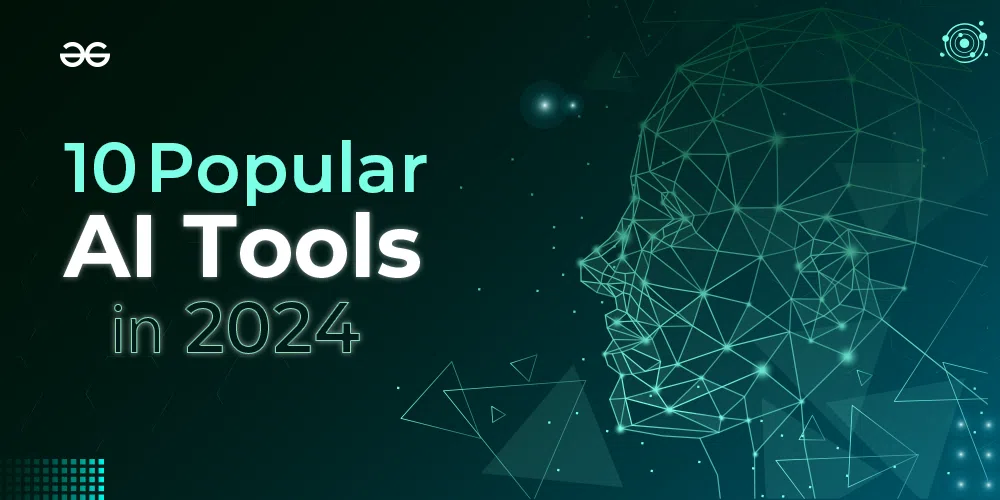In today’s rapidly evolving digital landscape, the sophistication and frequency of cyber threats have escalated, necessitating advanced measures to safeguard sensitive information and maintain operational integrity. Artificial Intelligence (AI) has emerged as a pivotal force in enhancing cybersecurity, offering innovative solutions that surpass traditional methods.
The Imperative for AI in Modern Cybersecurity

Traditional cybersecurity approaches often struggle to keep pace with the dynamic nature of cyber threats. AI-driven solutions provide a proactive defense mechanism, capable of analyzing vast datasets to detect anomalies, predict potential breaches, and respond to incidents in real time. This agility is crucial for organizations aiming to protect their digital assets effectively.
Key AI-Driven Cybersecurity Solutions
1. AI-Powered Threat Detection and Response
AI enhances threat detection by identifying patterns indicative of malicious activities. Machine learning algorithms analyze network traffic, user behaviors, and system logs to detect anomalies that may signify cyber threats. This continuous monitoring enables swift responses, mitigating potential damages.
2. Automated Vulnerability Management
AI automates the identification and remediation of vulnerabilities within an organization’s infrastructure. By continuously scanning systems and applications, AI-driven tools detect weaknesses and prioritize them based on potential impact, streamlining the patch management process and reducing the window of opportunity for attackers.
3. Behavioral Analytics for Insider Threats
Insider threats pose significant risks to organizations. AI utilizes behavioral analytics to establish baselines of normal user activity and detect deviations that may indicate malicious intent or compromised accounts. This proactive approach helps in identifying and mitigating insider threats before they can cause substantial harm.
4. AI-Enhanced Incident Response
In the event of a security breach, AI assists in orchestrating a swift and effective response. By analyzing the nature and scope of the attack, AI-driven systems can recommend containment strategies, facilitate forensic investigations, and automate recovery processes, thereby minimizing downtime and operational disruptions.
Implementing AI in Cybersecurity: Best Practices
To harness the full potential of AI in cybersecurity, organizations should consider the following best practices:
- Integration with Existing Systems: Ensure that AI solutions seamlessly integrate with current security infrastructure to enhance capabilities without causing disruptions.
- Continuous Learning and Adaptation: Implement AI systems that evolve with emerging threats, adapting to new attack vectors and methodologies.
- Data Privacy Compliance: Maintain strict adherence to data protection regulations to safeguard sensitive information during AI processing.
- Skilled Personnel: Invest in training cybersecurity professionals to effectively manage and interpret AI-driven insights.
The Future of AI in Cybersecurity
The integration of AI in cybersecurity is poised to become increasingly sophisticated, with advancements in machine learning and data analytics driving more robust defense mechanisms. Organizations that proactively adopt AI-driven cybersecurity solutions will be better equipped to navigate the complexities of the digital threat landscape, ensuring resilience and operational continuity.











 By
By







